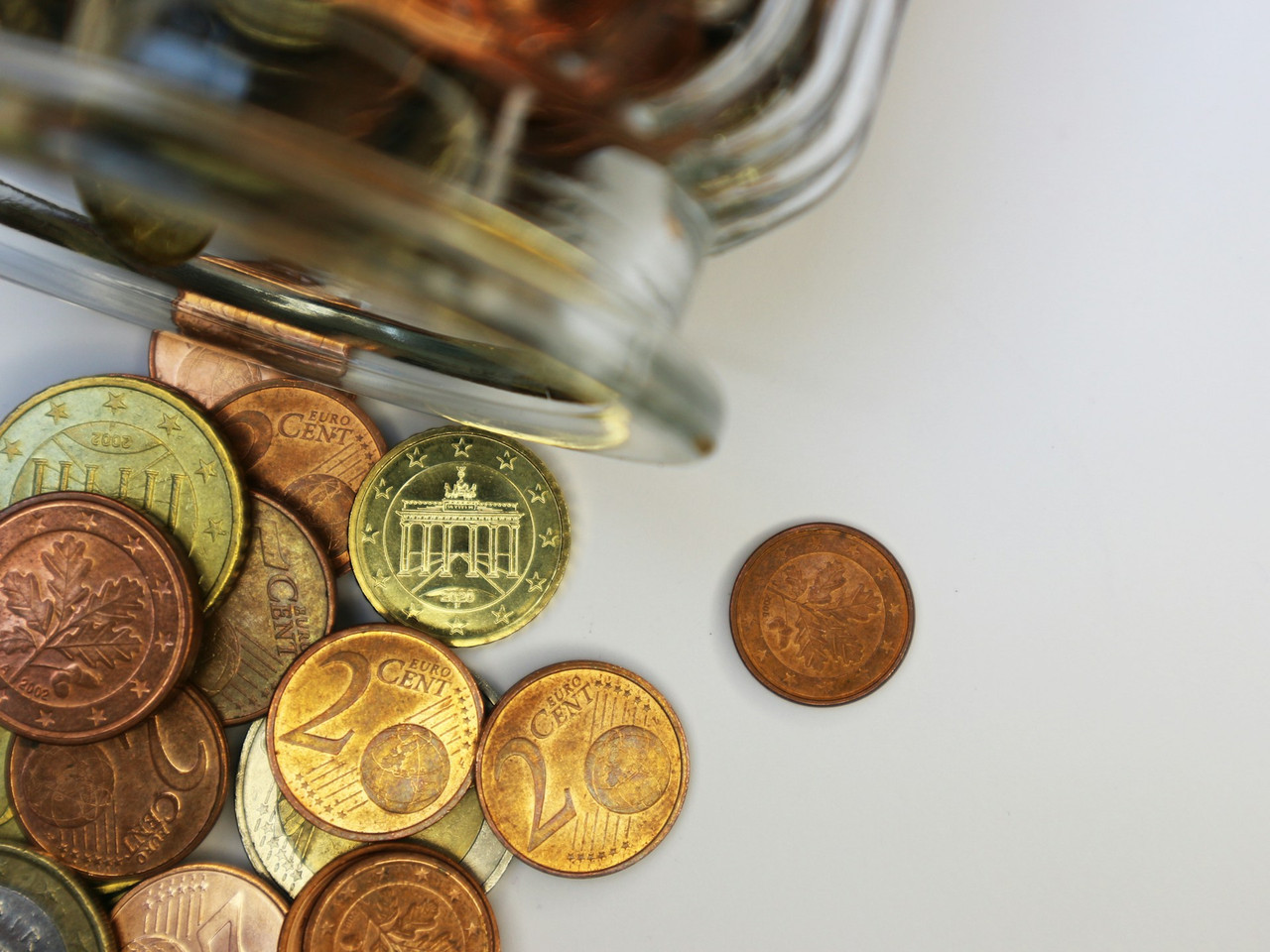
For those of us who are passionate about numismatics, understanding the intricacies of coin grading is essential to ensuring the proper valuation, care, and preservation of our cherished collections. Grading is a cornerstone of the coin collecting world, as it allows us to accurately assess the condition, authenticity, and overall quality of a given coin. A coin's grade can have a profound impact on its value and desirability, making graded coins an important segment of the market sought-after by enthusiasts and investors alike.
In this comprehensive guide, we will explore the fascinating world of coin grading by delving into the key grading systems used by the numismatic community, as well as the top-tier professional grading services. Furthermore, we will discuss some crucial tips for evaluating the grade of coins in your own collection, as well as best practices for coin preservation and submission to grading services. Whether you are a seasoned collector or just beginning your numismatic adventure, expanding your knowledge of coin grading will undoubtedly enhance your appreciation for the art of coin preservation, as well as help you navigate the ever-evolving landscape of the numismatic market. By understanding the nuances of coin grading, you will be better equipped to evaluate your current collection, make informed decisions when purchasing new items, and gauge the potential value and marketability of your numismatic treasures.
Understanding Coin Grading Systems
To effectively evaluate the condition and quality of your coins, it's essential to familiarize yourself with the various coin grading systems used within the numismatic community. Two of the most widely-adopted grading systems in the United States are the Sheldon Scale and the American Numismatic Association (ANA) grading standards. Both systems provide collectors with a framework to assess and compare the condition of coins.- Sheldon Scale: Developed by renowned numismatist Dr. William Sheldon in 1949, the Sheldon Scale assigns numerical grades to coins, ranging from 1 (Poor) to 70 (Mint State), to represent their level of wear and preservation. In this system, a higher number indicates a better condition, with Mint State coins possessing virtually no wear or damage.
- ANA Grading Standards: The ANA grading standards incorporate the Sheldon Scale but also provide clear, descriptive terms for the various grades, such as Good, Fine, Extra Fine, and Uncirculated. These terms accompany the numerical Sheldon grades to offer a more comprehensive understanding of a coin's condition.
Professional Coin Grading Services
In addition to understanding the grading systems, knowing the trusted professional grading services in the numismatic world is crucial for both novice and experienced collectors. These organizations ensure the accuracy, consistency, and integrity essential for the proper appraisal and authentication of coins. Among the leading coin grading services in the United States are:- Professional Coin Grading Service (PCGS): Established in 1986, PCGS is a respected authority for grading and authenticating coins, using the Sheldon Scale. PCGS-graded coins are encapsulated in a tamper-evident plastic holder, ensuring their protection and guaranteeing their grade.
- Numismatic Guaranty Corporation (NGC): Founded in 1987, NGC ranks among the world's largest and most reputable third-party coin grading services. Like PCGS, NGC grades coins on the Sheldon Scale and offers encapsulation in protective holders.
Tips for Evaluating Coin Grades
As you grow in your numismatic journey, sharpening your coin grading skills and understanding the various factors that can impact a coin's condition is essential. Below are some top tips to help you evaluate your collection more effectively:- Develop a Systematic Approach: Evaluate each coin by systematically analyzing specific attributes, such as wear, surface marks, luster, device definition, and strike quality. This consistent approach will help you improve your grading skills over time.
- Seek Professional Guidance: Attend coin shows, join local coin clubs, and engage with experienced collectors to glean valuable insights and perspectives on coin grading.
- Gather Reference Material: Consult reputable coin grading guides, participate in online forums, and utilize numismatic resources like the ANA's Grading Standards to deepen your understanding of grading systems and guidelines.
- Practice Patience and Persistence: Developing an acute eye for coin grading takes time and experience, so be patient and persistent as you build your skills in this vital aspect of numismatics.
Best Practices for Coin Preservation and Submission
To preserve the condition and value of your coin collection, it's essential to practice proper coin handling and storage techniques. Furthermore, if you decide to submit your coins for professional grading and authentication, adhering to some crucial guidelines can ensure a successful grading experience:- Coin Handling: Handle your coins only by their edges, avoiding contact with the coin's obverse and reverse surface, as even minute traces of skin oil or dirt can harm the coin's surface over time.
- Storage: Store your coins in appropriate holders, such as archival-quality flips or capsules, within climate-controlled environments to prevent damage or degradation from humidity, temperature fluctuations, or airborne contaminants.
- Pre-Submission Preparation: Prior to submitting your coins for professional grading, thoroughly research the coin's value and rarity, as well as the grading service's submission policies, fees, and processes. Insure Your Coins: Ensure your coins are adequately insured during mailing and storage, and consider utilizing registered mail or a similar secure service when submitting to grading companies.
